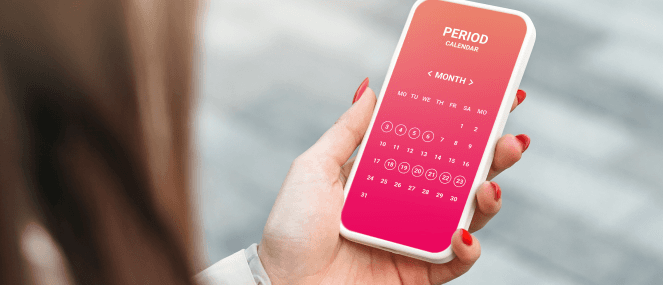
- Health hub/
- Stress relief & sleep support/
- 5 steps to using mindfulness to calm your day


It is a practice which supports the capacity to stay focussed on what you are doing as you are doing it, a powerful antidote to the distractible nature of the mind and the information-overload in our digital world.
When practised regularly, it can bring more calm and effectiveness into everyday life, reducing stress and enhancing mental capacity.
Google has now trained over one thousand of its employees in mindfulness, recognising its significance in improving wellbeing and innovation in the work place.
It is initially practised through meditation, but it can also be applied to daily activities such as eating, walking or working.
Mindfulness is a simple, yet challenging discipline of noticing what you are doing when you are doing it and becoming master, rather than slave, to the impulses of your mind.
5 tips for using mindfulness to calm your day
1. Tune in to the breath
It may sound like an irritating cliché, but there is scientific rationale for this advice. The breath is not only a powerful indicator of one’s state of mind but also a helpful modulator.
During a busy day, take a few moments to consciously tune in to the breath. Feel three breaths move in and out of the body. Then slow down the exhalation which helps to trigger the relaxation response.
Extending the breath in this way sends a message to the parasympathetic nervous system (the system that opposes the stress response) to calm down the body.
2. Use your surroundings as a circuit breaker
Take moments in the day to disconnect from the flurry of to do lists and stressful thoughts and direct your attention externally by tuning in to your senses.
Listen to the sounds in the room, feel your body in space, see the space you are in, notice the temperature and smells.
By tuning in to your senses, just for a few moments, you give your mind a micro break from the stress of thinking.
3. Use technology with awareness
Sitting at a computer all day? Bring awareness to your posture and breath.It has been noted that email apnea, the temporary suspension of breathing while doing email, means we are inadvertently creating stress in the body.
When we breathe irregularly, the body becomes acidic through retention of excess carbon dioxide. This acidity may contribute to stress related diseases.
Check in with your body and breath whilst working at the computer to ensure you are getting sufficient oxygen.
4. Simplify your to do list
Bring attention to the top three priorities of your day. Break your work time into smaller blocks for higher levels of efficiency, and take short breaks between blocks. (see the Pomodoro Technique for further details).5. Use your lunch as a mindful practice
Rather than eating whilst working on the computer, or missing out on lunch altogether, use your lunch as a way of practicing mindfulness.This means, noticing you are eating as you are eating, intentionally tasting your food, and bringing awareness to the act of chewing. This will give your mind an opportunity to rest from the whirlwind of the day, allowing space for mind and body rejuvenation.
~This article first appeared on Mindful in May~
Elise Bialylew is a doctor, coach and mindfulness meditation teacher with a background in Psychiatry. She is the founder of Mindful in May, a one month global mindfulness meditation campaign.
Mindful in May has inspired thousands of people around the world to learn how to meditate, whilst raising money to build clean water wells in the developing world. When she’s not teaching mindfulness she’s often losing herself in salsa dancing or African




